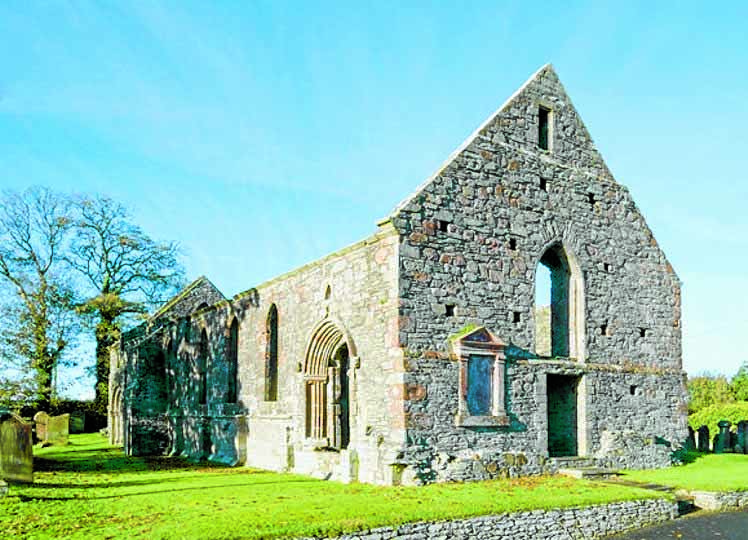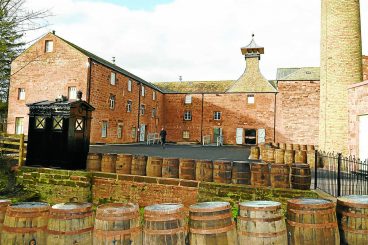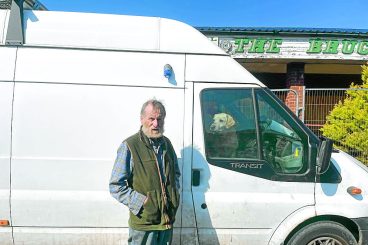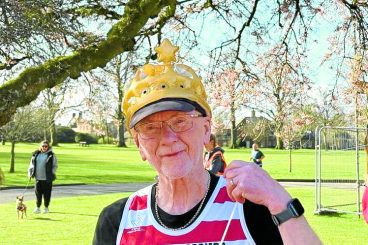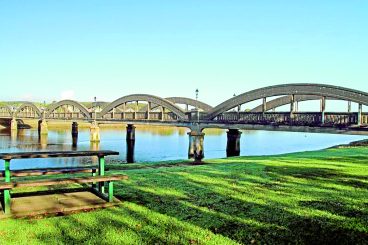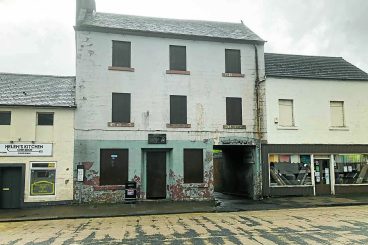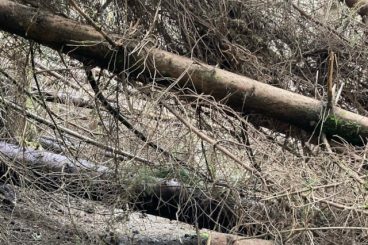ONE of Scotland’s earliest Christian sites re-opened this week.
Visitors are once again being admitted to the ancient Whithorn Priory.
Access restrictions were put in place at the start of last year, as a safety precaution while Historic Environment Scotland (HES), who manages the site, introduced new measures to manage the impact of climate change on its heritage assets, an issue which is affecting heritage owners globally.
Whithorn Priory is the latest of a series of sites to reopen following inspections and necessary repairs to the masonry.
One of Scotland’s earliest Christian communities lived and worshipped in Whithorn, and the oldest Christian monument in Scotland was found here. The Latinus stone, which dates to the 400s, was discovered beneath the priory ruins during excavations in the 1880s. Translated, it reads: “We praise you, the Lord! Latinus, descendant of Barravados, aged 35, and his daughter, aged 4, made a sign here.”
The priory was established in the 1100s by Premonstretarian monks, and it later became the cathedral church of Galloway. After the Reformation of 1560, little of the priory survives today, but visitors can still follow the route taken by medieval pilgrims to visit St Ninian’s shrine at the east end of the church.
The Whithorn Museum, which stands on the old cathedral priory grounds, hosts the Latinus stone and offers a unique and immersive way to explore the tranquil remains of this once-bustling power centre.
Visitors can now access the ruined nave of the cathedral church and the upper parts of the crypt. Temporary restrictions will remain in place to the internal crypt and Lady Chapel areas.
Robin Johnston, from HES, said: “As one of Scotland’s oldest known Christian settlements, Whithorn Priory is a gem in beautiful Dumfries and Galloway. Visitors can walk the same routes that pilgrims did almost a millennium earlier and see the Latinus Stone which is the oldest Christian monument in Scotland.
“We are excited to welcome visitors back to this historic site once again.”





